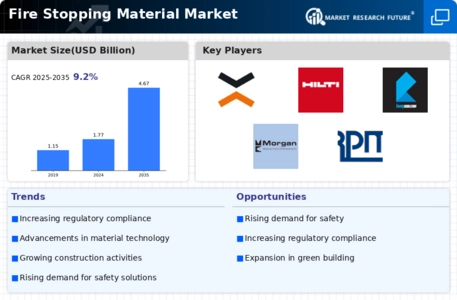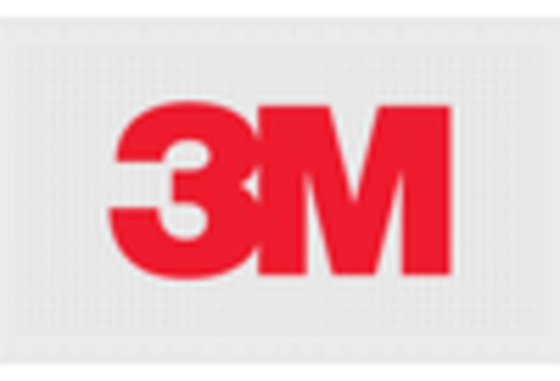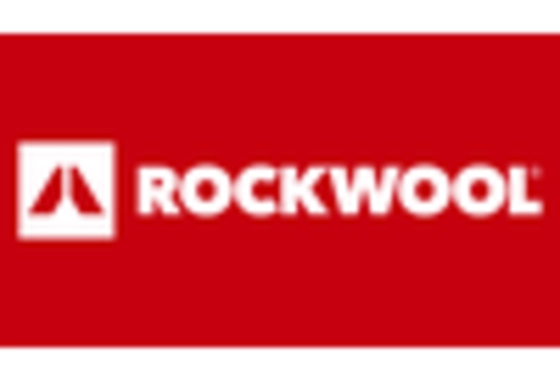Market Trends
Key Emerging Trends in the Fire Stopping Material Market
The market trends in the fire stopping material industry reflect the increasing importance placed on fire safety in construction and infrastructure projects worldwide. With a growing emphasis on building codes and regulations aimed at preventing and containing fires, the demand for effective fire stopping materials has surged in recent years. These materials play a crucial role in sealing gaps and penetrations in buildings, which can act as pathways for the spread of fire and smoke.
The fire-stopping materials market is significantly impacted by stringent legal guidelines and industry regulations, especially in Europe and North America. These regulations are leading to the development of innovative fire-fighting materials that take into account the different values of different regions.
One of the key trends driving the market is the adoption of stricter building codes and regulations mandating the use of fire stopping materials in construction projects. Authorities around the world are imposing more stringent requirements to enhance fire safety standards, especially in high-rise buildings and public facilities. This has led to a significant increase in the demand for fire stopping materials across residential, commercial, and industrial sectors.
Another trend shaping the market is the growing awareness among architects, engineers, and builders about the importance of incorporating fire stopping measures into building designs. As incidents of fire-related accidents continue to make headlines, stakeholders in the construction industry are prioritizing fire safety as a fundamental aspect of their projects. This heightened awareness has resulted in greater investment in fire stopping materials and technologies that offer superior performance and reliability.
Advancements in fire stopping technology have also contributed to the market's growth, with manufacturers continually innovating to develop more effective and efficient solutions. New materials and techniques are being introduced to address evolving challenges in fire protection, such as improving the flexibility and ease of installation of fire stopping systems. Additionally, there is a growing focus on eco-friendly and sustainable fire stopping materials to align with the broader trend toward green building practices.
The market for fire stopping materials is also influenced by factors such as urbanization, population growth, and infrastructure development. As more people migrate to urban areas and construction activity intensifies, the demand for fire stopping materials is expected to rise correspondingly. This trend is particularly pronounced in emerging economies where rapid urbanization is driving investment in new construction projects.
Furthermore, the COVID-19 pandemic has had a significant impact on the fire stopping material market, both positively and negatively. On one hand, the increased focus on public health and safety has highlighted the importance of fire protection measures in buildings, leading to greater demand for fire stopping materials. On the other hand, disruptions to global supply chains and construction activity have posed challenges for manufacturers and suppliers in the short term.
Looking ahead, the future of the fire stopping material market appears promising, driven by ongoing efforts to enhance fire safety standards and the continued expansion of the construction industry. As stakeholders across the value chain collaborate to develop innovative solutions and address emerging challenges, the market is expected to witness steady growth in the coming years. However, market players will need to remain vigilant and adaptable to navigate evolving regulatory landscapes and technological advancements in the fire protection industry.

















Leave a Comment